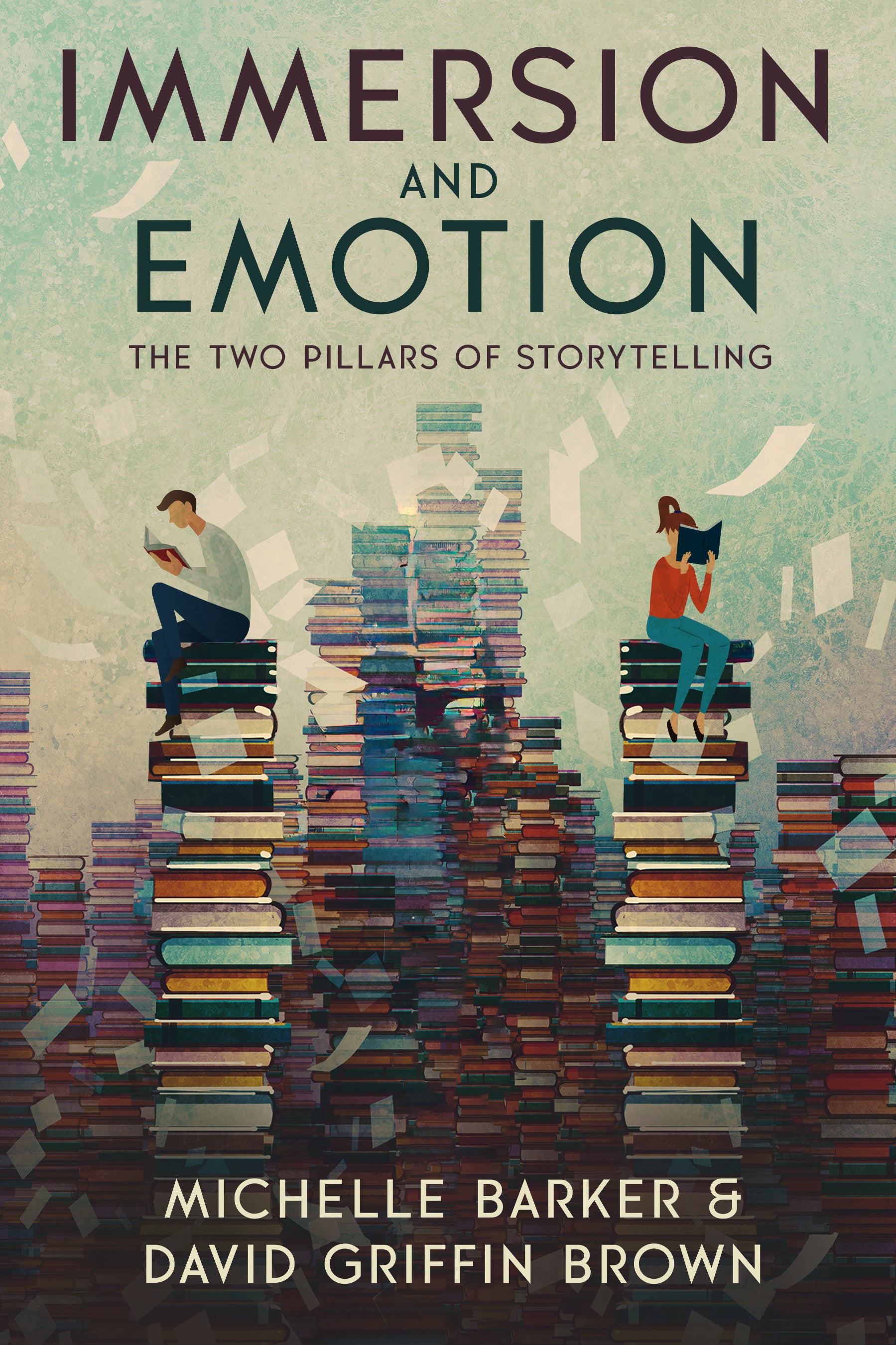Pomodoro Power: Unlock Your Writing Potential One Tomato at a Time

By David Griffin Brown
In an age of constant distractions, many writers find it challenging to remain focused on their work. Between the relentless pings of smartphone notifications, the irresistible urge to check the latest news, and interruptions from family members or roommates, it's no wonder that self-directed work can be an uphill battle. The fact is, maintaining concentration in the face of these distractions is crucial not only for productivity but also for creativity. When writers can't fully immerse themselves in the worlds they're creating, the quality of their work suffers. Fortunately, there's a tried-and-tested method that can help writers regain their focus and maximize their productivity: the Pomodoro Technique.
History of the Pomodoro Technique

The Pomodoro Technique was developed in the late 1980s by Francesco Cirillo, an Italian university student who was struggling to manage his time. Named after the tomato-shaped kitchen timer that Cirillo used to track his work sessions (pomodoro means "tomato" in Italian), the technique has since gained widespread recognition and is now used by millions of people worldwide to boost productivity and focus.
The simplicity and effectiveness of the Pomodoro Technique quickly caught on, and it has since been adopted by professionals across various industries, including writers of fiction and narrative nonfiction.
Why the Pomodoro Technique Works for Writers
The Pomodoro Technique is particularly well-suited to the writing process for several reasons:
- Focused work sessions: By breaking work into concentrated 25-minute intervals (known as pomodoros), the technique encourages writers to maintain focus and immerse themselves in their story world. This can lead to more vibrant, engaging prose and greater overall productivity.
- Regular breaks: After completing a pomodoro, take a short break (usually 5 minutes). These breaks allow the mind to rest and recharge, which can help prevent burnout and keep creative juices flowing.
- Structure and accountability: The Pomodoro Technique provides a clear structure for managing time and staying on task, which can be especially valuable for self-directed work like writing.
- Flexibility: While the traditional Pomodoro Technique involves 25-minute work sessions, writers can adapt the method to suit their individual needs and preferences. For example, some may find that longer or shorter sessions work best for them, or that certain stages of the writing process (such as drafting, editing, or revising) are better suited to the technique than others.
How to Use the Pomodoro Technique for Writing
Here's a step-by-step guide to using the Pomodoro Technique for writing:
- Choose a task: Before starting your first pomodoro, decide on the writing task you want to focus on. This could be drafting a new scene, revising a chapter, or brainstorming character development.
- Set a timer: Use a timer app, a physical kitchen timer, or another device to set a countdown for 25 minutes (or your preferred work session length). Many free and paid Pomodoro apps are available for smartphones and computers, but any timer will do.
- Write: During your pomodoro session, focus exclusively on your chosen task. Try to minimize distractions and resist the urge to check email, social media, or engage in other non-writing activities.
- Take a break: When the timer goes off, stop working and take a 5-minute break. Use this time to stretch, grab a snack, or briefly relax your mind.
- Repeat: Continue working in pomodoro sessions with short breaks in between. After completing four pomodoros, take a longer break (15-30 minutes) to recharge before starting the cycle again.
The Pomodoro Technique is flexible, and you can adjust the session lengths and break times to suit your personal preferences and writing habits.
Other Techniques to Boost Writing Productivity
In addition to the Pomodoro Technique, there are other strategies that can help writers stay focused and increase productivity:
- Time blocking: Schedule specific blocks of time dedicated to writing and treat them as non-negotiable appointments with yourself. This can help create a sense of urgency and commitment to your writing projects.
- Goal setting: Establish clear, achievable writing goals, such as daily or weekly word counts, and track your progress. This can provide motivation and a sense of accomplishment as you work toward your targets.
- Eliminate distractions: Identify your biggest distractions (e.g., social media, email, noise) and take steps to minimize them. This may involve turning off notifications, using noise-cancelling headphones, or setting up a designated writing space.
- Establish a routine: Develop a consistent writing routine that works for you, whether that's writing at the same time every day, setting aside specific days for writing, or using rituals to signal the start of a writing session.
By combining the Pomodoro Technique with these additional strategies, writers can create a focused, productive environment that supports their creative process and helps them bring their stories to life.

David Griffin Brown is an award-winning short fiction writer and co-author of Immersion and Emotion: The Two Pillars of Storytelling. He holds a BA in anthropology from UVic and an MFA in creative writing from UBC, and his writing has been published in literary magazines such as the Malahat Review and Grain. In 2022, he was the recipient of a New Artist grant from the Canada Council for the Arts. David founded Darling Axe Editing in 2018, and as part of his Book Broker interview series, he has compiled querying advice from over 100 literary agents. He lives in Victoria, Canada, on the traditional territory of the Songhees and Esquimalt Nations.






